The miraculous waters and their healing powers are part of human history up to ancient time. Since the Neolithic period shrines dedicated to mother goddesses were erected in places considered sacred; so did the Etruscan to their goddess Uni, the Romans to Ceres (their agriculture goddess) and Juno (sister and wife of the chief god Jupiter) and finally the Catholics to the Virgin Mary.
Most of the time they were located close to spring waters or water dripping caves.
The two elements, waters and stones are linked by a deep symbolic relationship: the water is born from the womb of the mountain or even more intensely, from within.
Near the door, as you walk into a Catholic church you will find the holy water fountain; it’s usually made of stone and contains water that has been blessed by the priest to make it holy. This water, now blessed, is both protective and spiritually cleansing and holy water is also used to baptise people.
Among the Greeks and Romans the sprinkling of water, was an important feature of religious ceremonies. Cities were purified by its use, in solemn processions. Fields were prepared for planting by being blessed with water. Armies setting out for war were put under the protection by being sprinkled in a similar manner.
Bathing in holy water is a key element in Hinduism, and the Ganges is considered the holiest Hindu river. Muslims have to practice minor ablutions before each of the 5 daily prayers that include washing hands, mouth, nose, face, arms up to the elbows, and head. The list of religious references to the healing power of certain waters all over our planet is endless and we want to take you today to one of these places which is situated in the heart of our city.
In the second half of the fifteenth century, Francesco Sforza, Duke of Milan, in order to provide the city with a single large hospital for the housing and care of the sick inhabitants, began the construction of a huge structure which today hosts the Universita’ Statale di Milano. The new Renaissance hospital (which will be soon described in another article) was somehow connected with Santa Maria alla Fontana, the church we want to talk about.
Many times I passed by its relatively new facade (it was redone in 1922 imitating the Lombard renaissance style) with the typical indifference that Italians oppose to historical imitations and it was an unforgivable mistake because right behind there is hidden a real treasure. In ancient times the water produced by an underground spring at the base of the sanctuary was considered miraculous and specifically indicated to treat osteo-articular disorders as arthritis and osteoarthritis.
In fact, it was included in the group of three city healing places, together with the just mentioned Ca’ Granda hospital and the lazzaretto (where the infected people were held).
Patients were frequently taken from the hospital to the Sanctuary to bathe in the healing water of the natural pool formed by an underground source placed just beneath the church.
According to tradition Charles II d’Amboise, the French governor in Milan at the time, strongly wanted the construction of a new church in 1507 after being cured by the holy water himself.
The paternity of the project today visible, has been given to a number of architects and artists working in Milan and among the others to Leonardo da Vinci who was resident in town right in those years under the hospice of Ludovico il Moro.
The complex consists of a small chapel with a square plan which are juxtaposed two squared cloisters covered by the upper church.
Inside the chapel you can see beautiful frescoes and typical Renascence decoration called “grotteschi” which take their name from the fortuitous discovery in 1480 in what appeared like a cave ( grotta) of the Nerone Domus Aurea in Rome, the amazing overdecorated home of one of the most famous Roman Emperor. Painters used to descent in those caves to study the decorated walls and the unique archaeological finding created e a quite diffuse stile.
In 1600 Santa Maria alla Fontana was considered one of the holiest shrines in Milan and had hundreds of pilgrims every day bathed in its waters.
During our visit I immediately bought a graceful bottle of holy water to take care of my irritated eye under the skeptical glance of my husband, just in time to find out that in the XIX century, due to the fire of an adjacent bitumen factory, the original water table was permanently polluted and the source was closed. The water I proudly payed 1,50 euro comes out of one of the 11 nozzle and is ordinary tap water. 100 per cent similar to the one I have at home!
Betti
[socialWarfare]

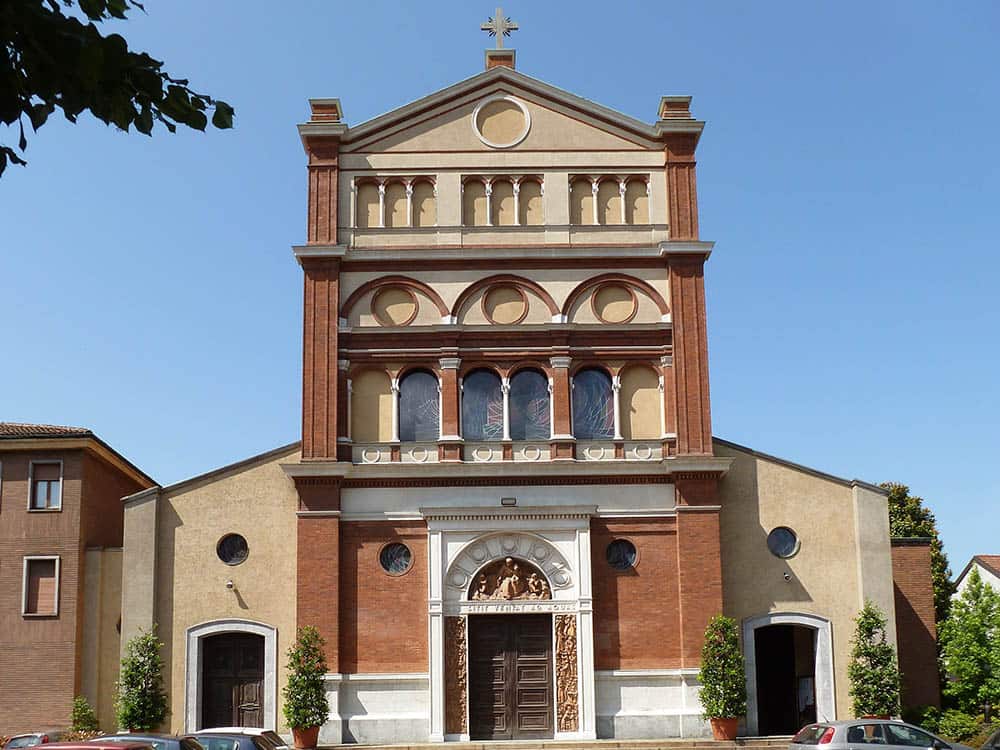
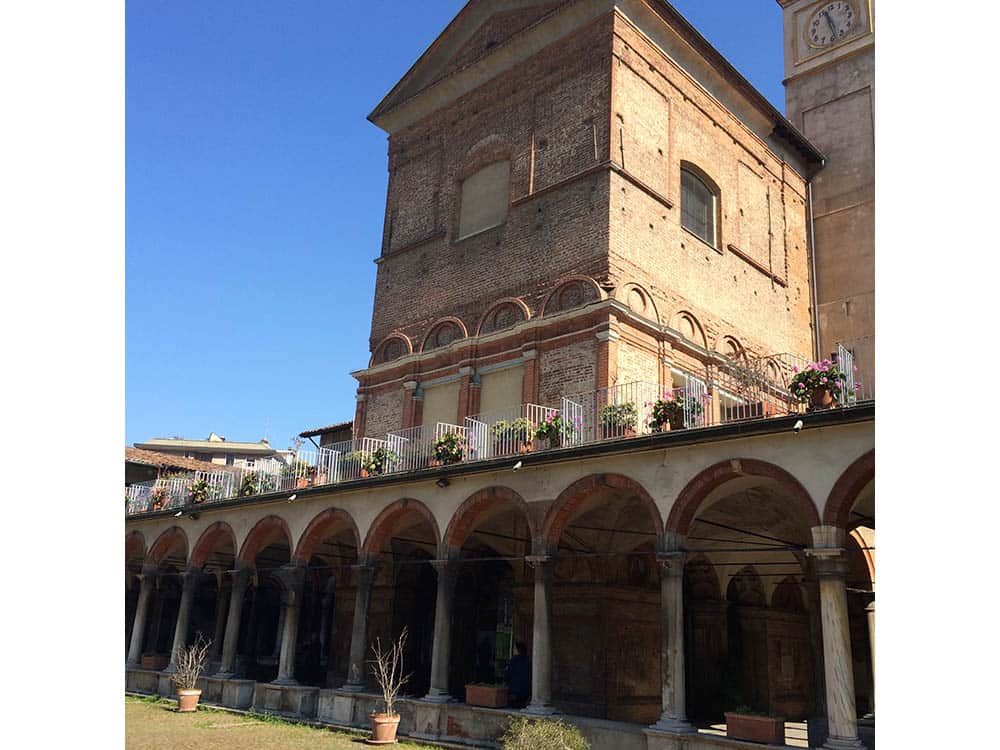
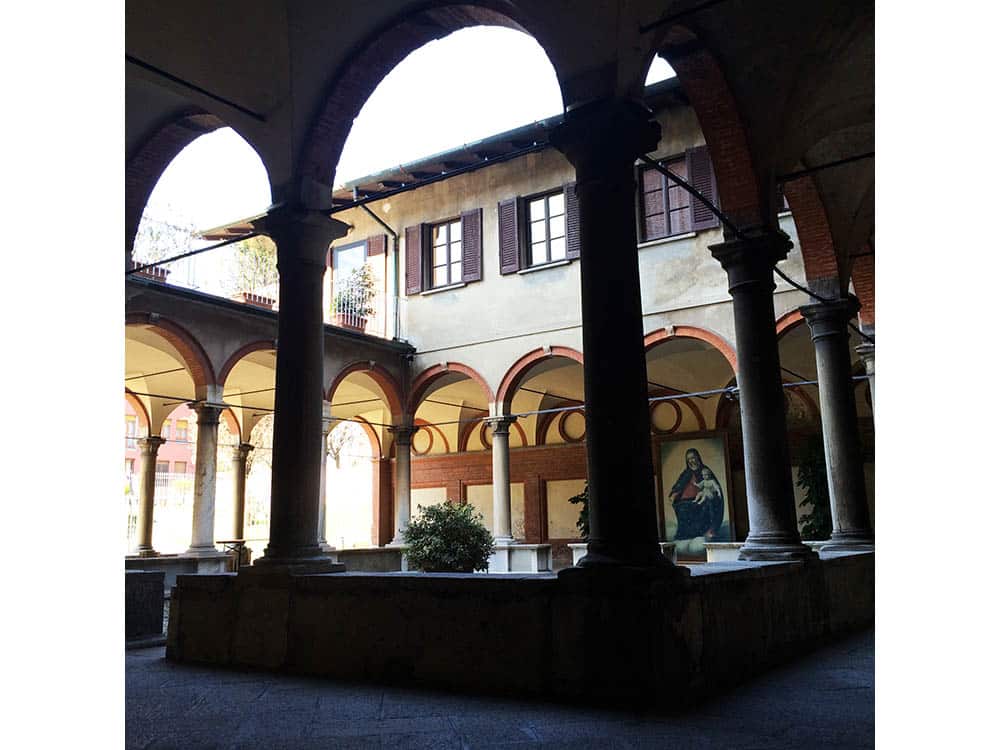
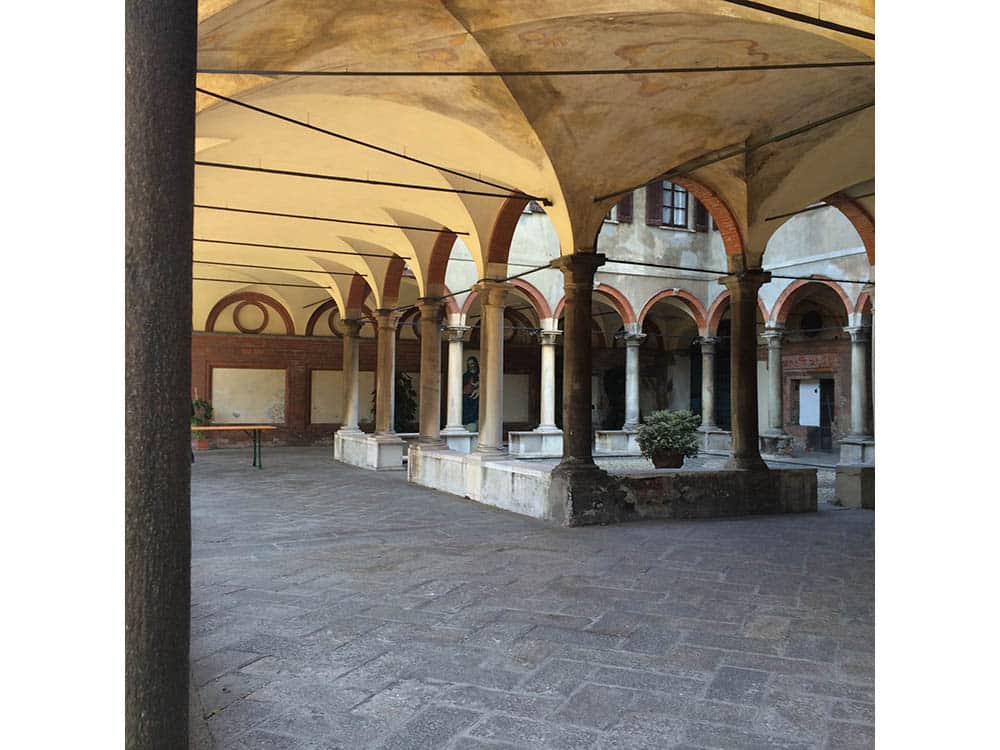
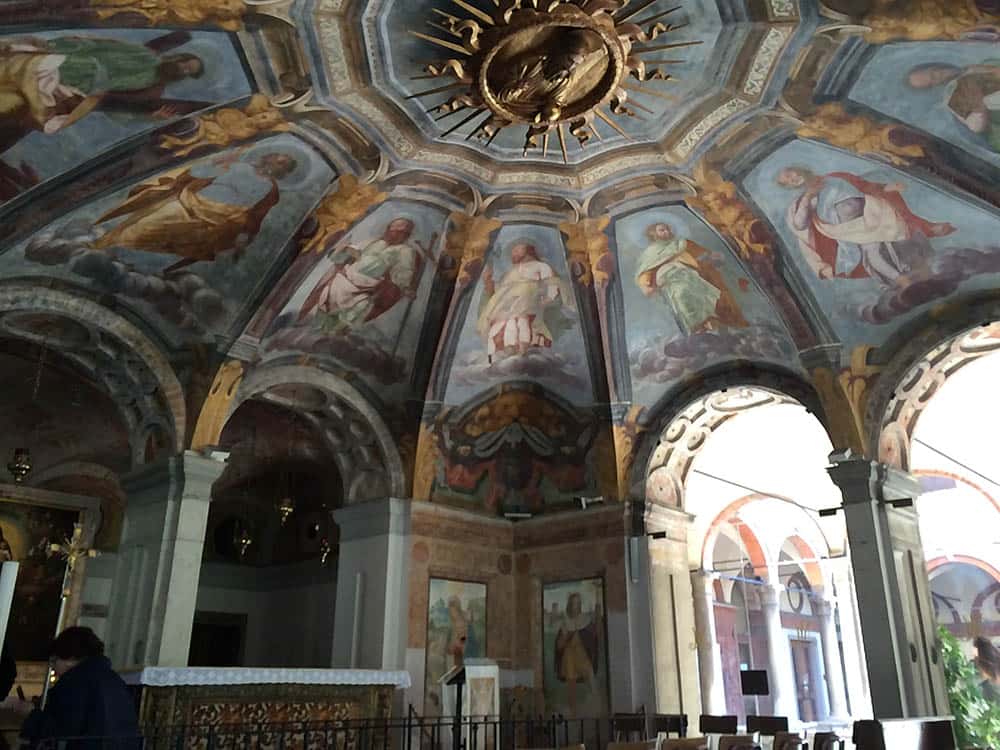
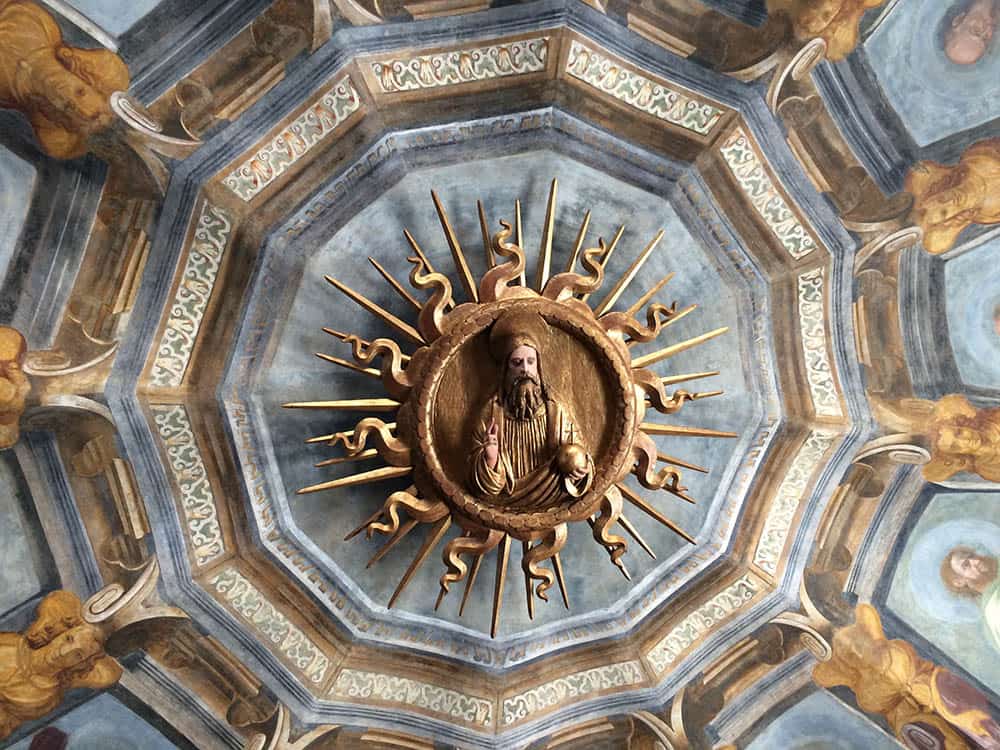
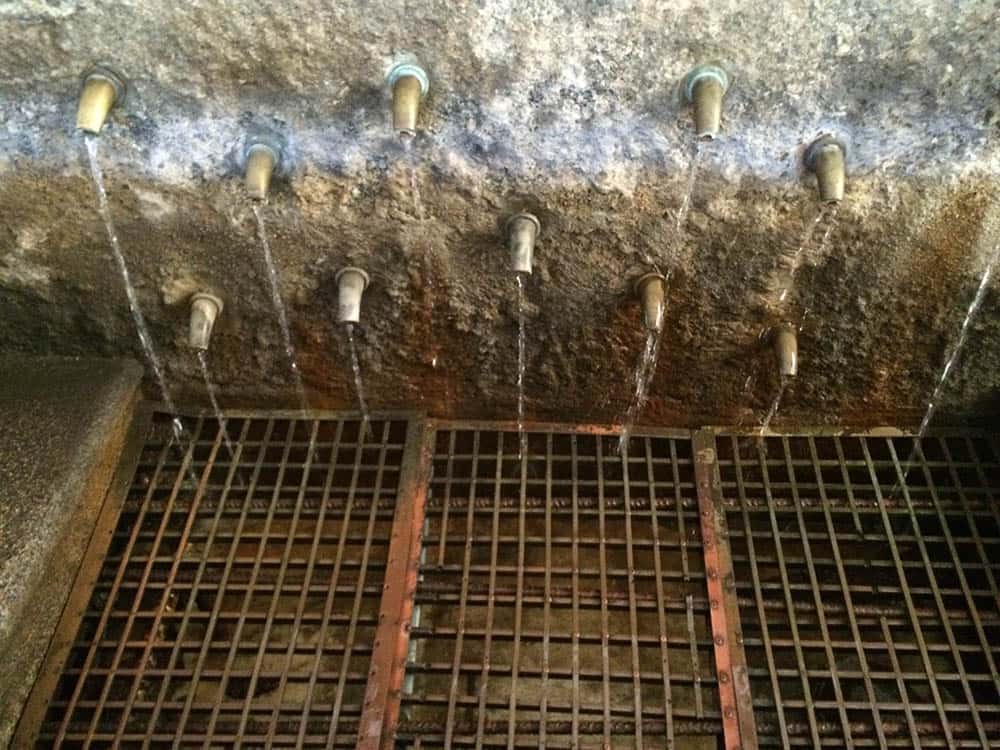
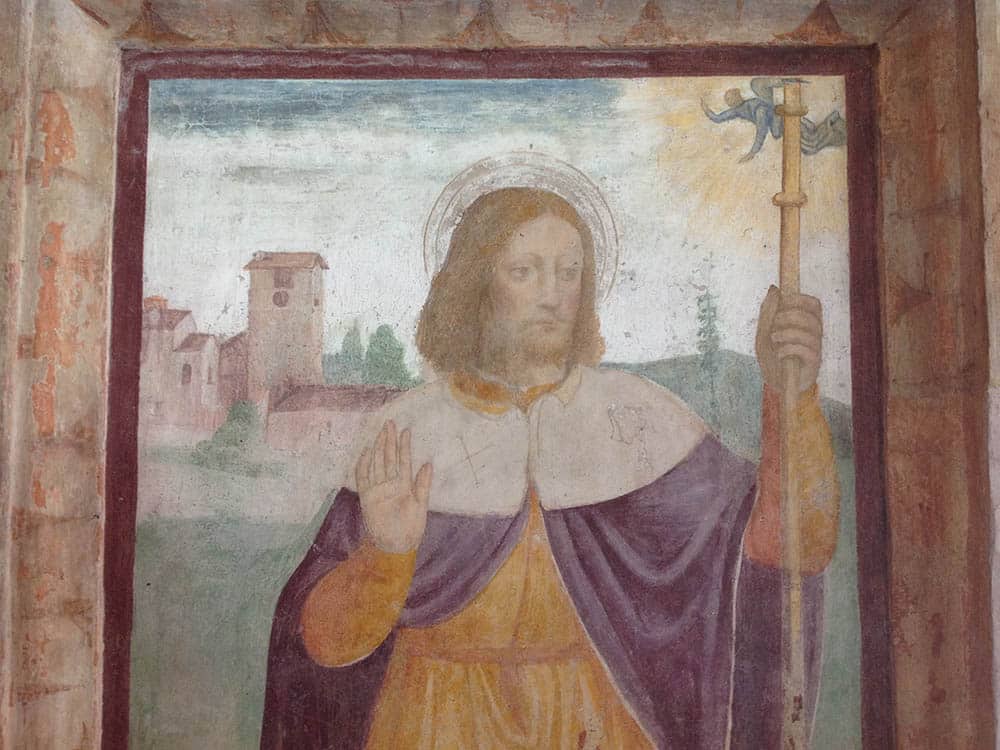
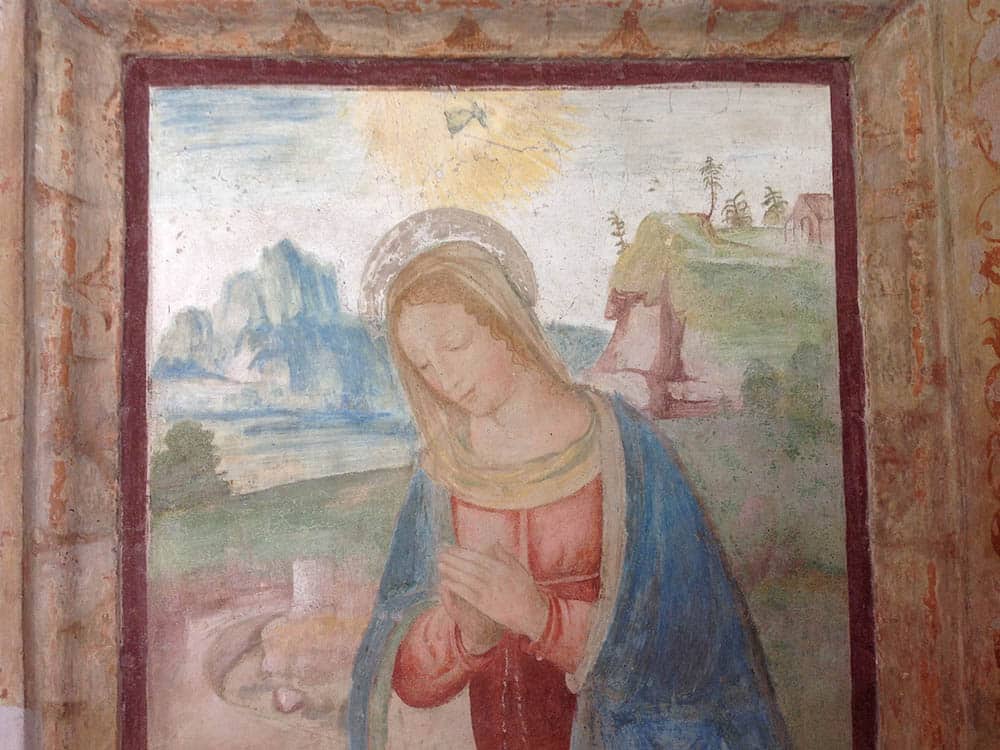
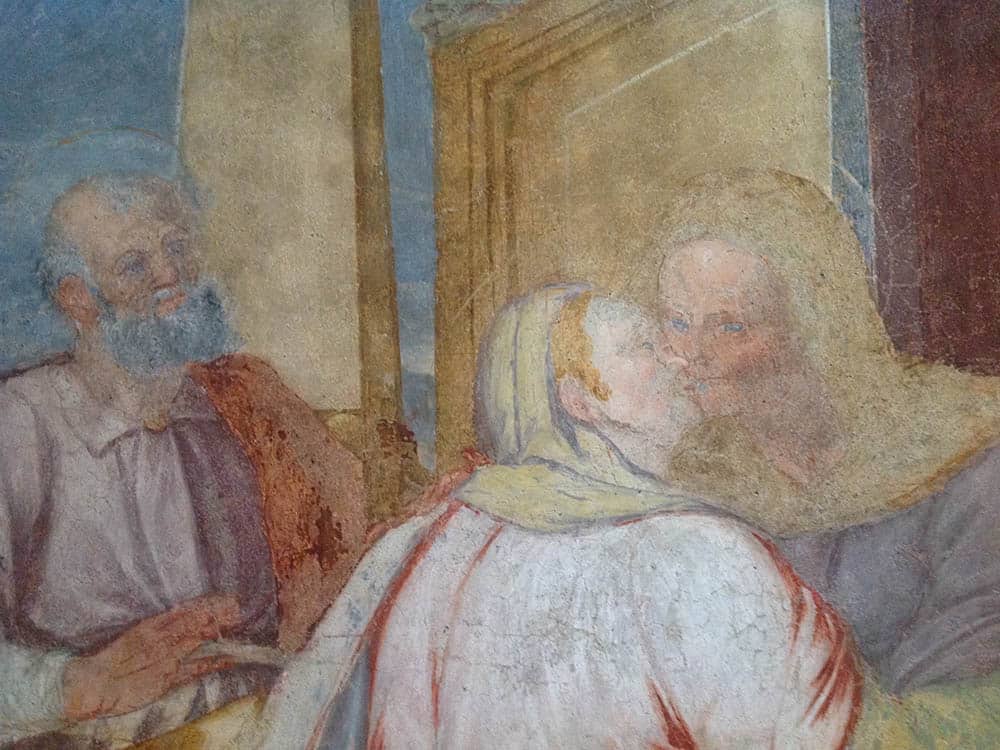
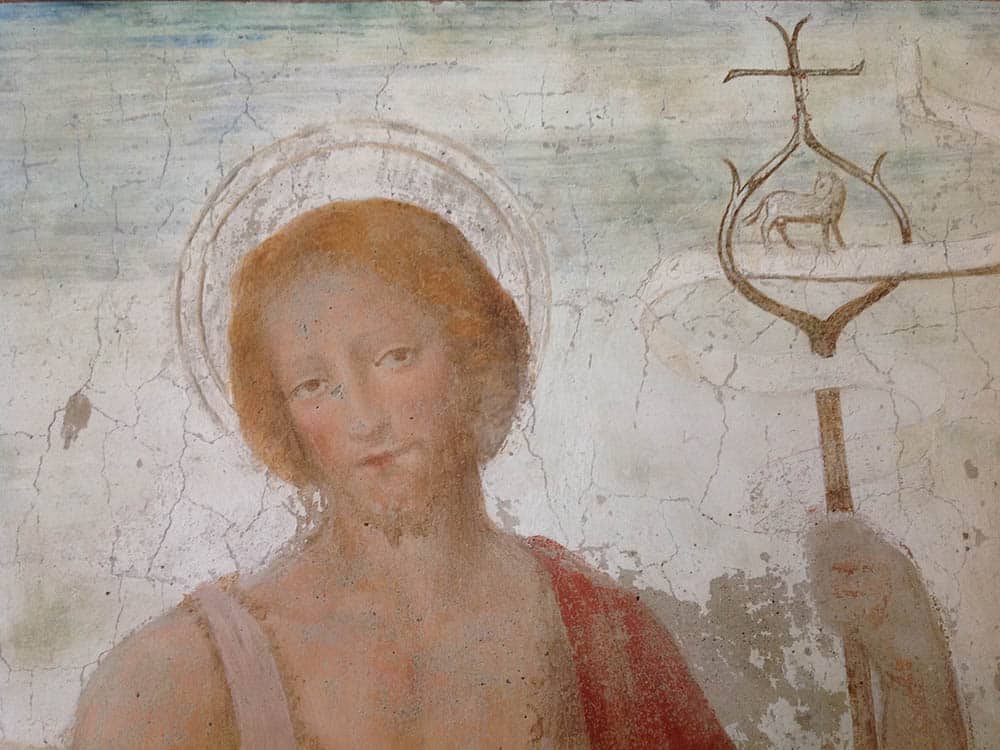
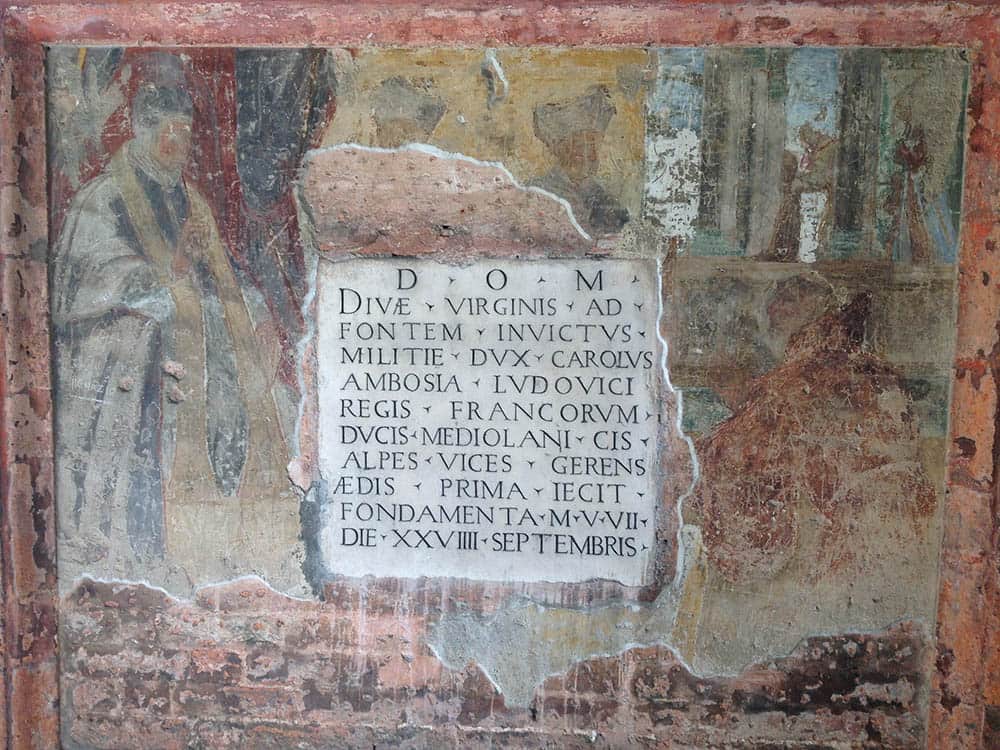
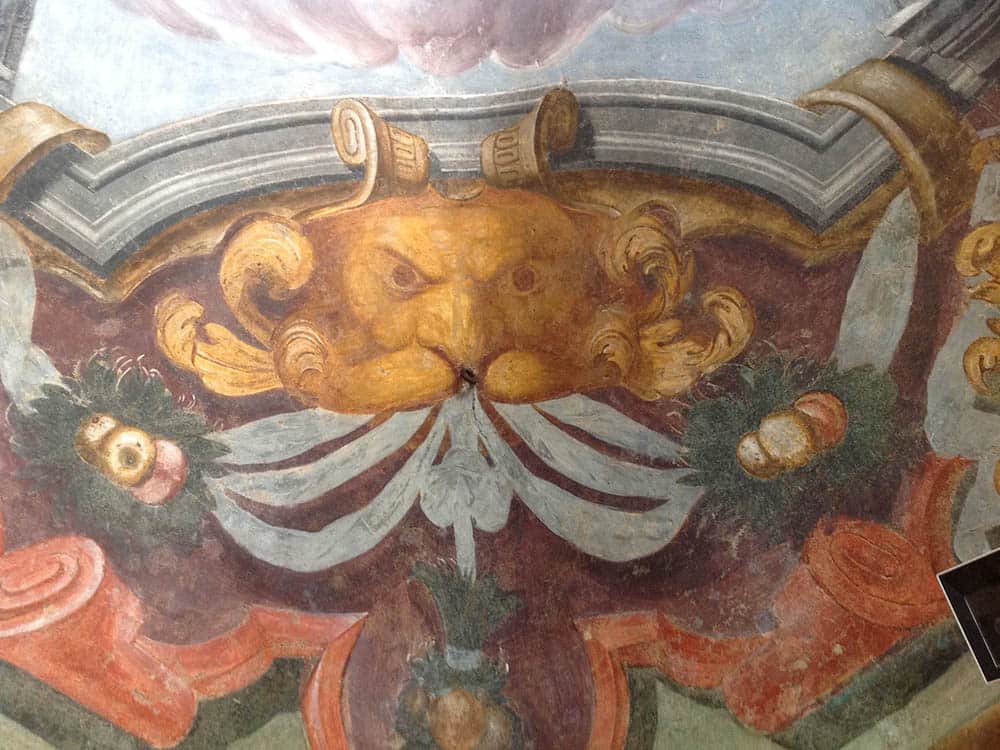
2 Comments
IJGauntt
April 14, 2025Hi, we are visiting Italy& staying in Rome. What is the Fontana hours of operation, do I pay for admission at the door. Family of 3.
casachiesi
April 14, 2025I hope you are not confusing the famous Fontana Trevi in Rome with this one that we highlighted awhile back. This one has totally free access. In the meanwhile here is some useful information regarding the access to the one in Rome:
As of April 2025, accessing the Trevi Fountain in Rome remains free; however, significant changes are underway to manage the anticipated influx of visitors during the Jubilee Holy Year. 
Current Access and Planned Changes
The city of Rome has implemented measures to control crowding at the Trevi Fountain, including limiting the number of visitors to 400 at a time. Visitors are required to book online and pay a €2 fee for a 30-minute time slot to access the fountain. This system aims to provide a more organized and enjoyable experience while preserving the monument’s integrity